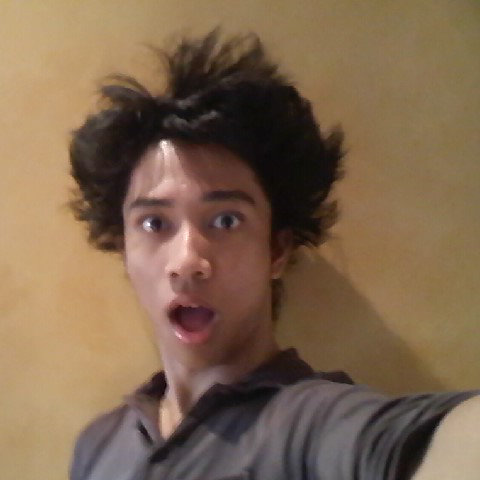We watched a video that looked at why people created unrealistic sculptures of the human body as well as a video from the same series looking at why people made pictures, both quite insightful.
The first video took us back to what is arguably the first statue of the human figure, a statuette known as the Venus of Willendorf, similar to many ancient venuses, the maker of the statuette chose to emphasise certain curves and body parts disregarding others. The figure had no arms or face, yet large breasts and hips. These aspects are considered markers of fertility and may have been important to the people of a simpler nature but the investigation went further.
Comparing to gulls and how chicks seek the stripe of a beak for food, research found that chicks go towards something with more stripes, indicating a want for more in the most basic, primal part of the brain. Instinct wants more.
The program continued, looking at the stylized figures in Ancient Egyptian art, moving from that to Greek art where figures moved from the Kritios Boy to a more realistic Parthenon of figures yet even in the contra-posto state, where a more relaxed stature of the figure is expressed, elements continue to be exaggerated, being the conclusion of the documentary.


No comments:
Post a Comment